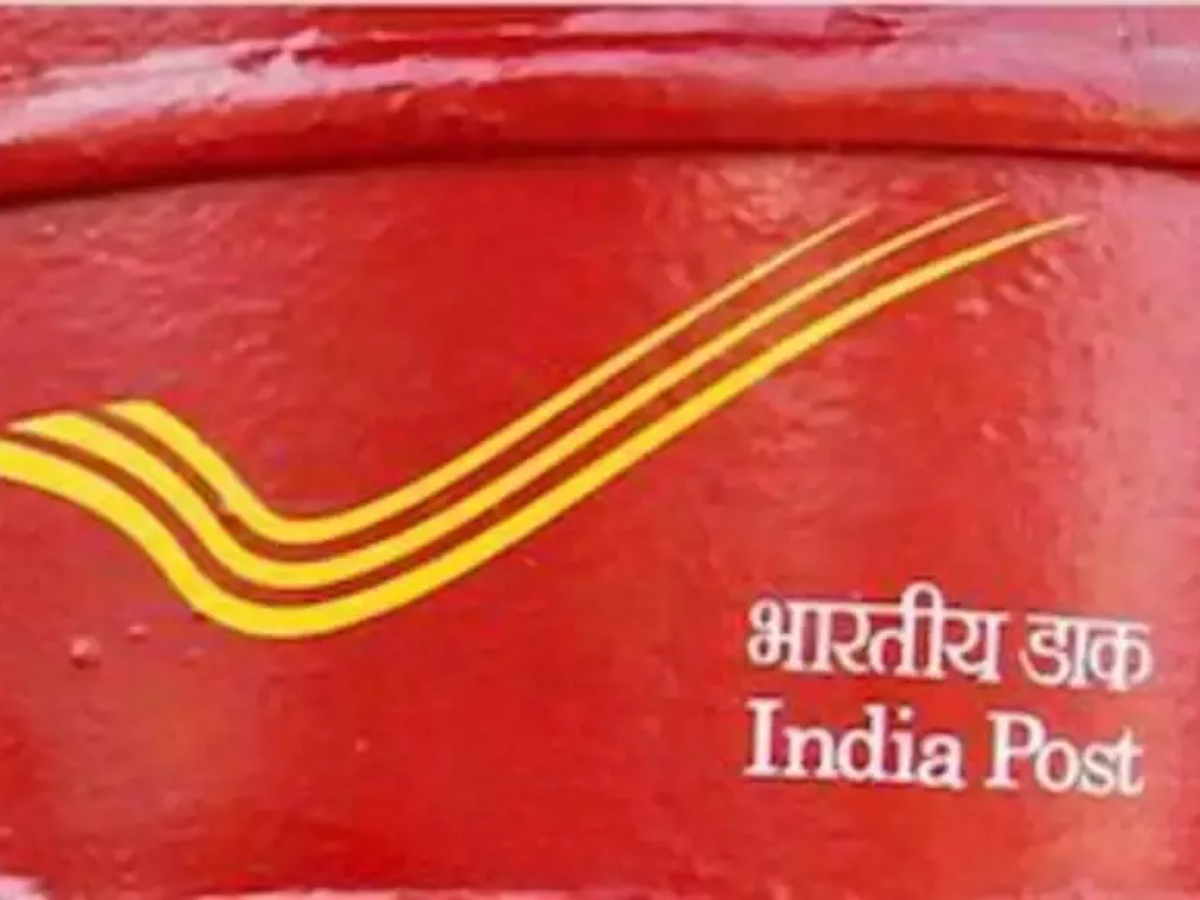The Law on Economic Aid for Small Businesses, Nonprofits and Hard-Affected Sites (Economic Aid Law) changes the rules for existing PPP loans, second-draw PPP loans and new PPP loans .
In short, the Law on Economic Aid extends eligible expenses for recipients of initial PPP loans who have not yet applied for a pardon. These provisions will also be available to new loan applicants using the replenished PPP program contained in the Consolidated Credit Law of 2021, a law that improves and expands certain provisions of the Law on Aid, Relief and Economic Security against coronaviruses (CARES).
Here are some of the highlights of the Economic Aid Act. Eligible expenses now include:
- Operating expenses: payments for any cloud computing business software or service, product or service; the processing, payment or monitoring of salary expenses; human resources, sales and billing functions; accounting or tracking of supplies, inventory, records and expenses.
- Property damage costs: the costs related to property damage and vandalism or looting resulting from public disturbances that occurred during the year 2020 that were not covered by insurance or other compensation.
- Worker protection expenses: all operating or capital expenses to adapt business activities to comply with established requirements or guidelines issued from March 1, 2020 by the Department of Health and Social Services, the Centers for Disease Control or the Occupational Safety and Health Administration. Examples include the purchase, maintenance or renovation of assets that create or expand an interior or exterior space such as a window drive, combined ventilation or air pressure filtration systems, a physical barrier to ensure social distancing and personal protective equipment.
- Supplier costs: Expenses incurred with a supplier for goods essential to operations at the time they are purchased and are performed in accordance with a contract or purchase order that was in effect at all times prior to the period covered by the loan, or in respect of perishable, effective before or at any time during the period covered by the loan.
In addition, salary costs (60% of PPP loan funds must be spent on payroll for full discount) have been broadened to include group life insurance, disability, vision benefits. and dental care paid by the employer.
Borrowers who have not requested a rebate or have not depleted their funds in accordance with the guideline can now include these additional eligible expenses in their request. If the rebate has already been obtained, it is not necessary to take these additional eligible expenses into account, unless a borrower expects to request a second round of PPP.
Expenses will only be eligible if they are incurred during the period covered. Those applying for second round funding will not be able to include additional eligible costs incurred before the new period covered, which begins on the day the second round funding is deposited.
Currently, a new or revised exemption request of 3508 is now available for loans of $ 150,000. This updated application will require the borrower to sign and submit a single page attestation to the lender detailing:
- A description of the number of employees the borrower has been able to retain as a result of the covered loan.
- The total estimated loan amount spent on personnel costs.
- The total amount of the loan.
No supporting documentation will be required at the time of application. Instead, the borrower’s attestation will be accepted.
In addition to this one-page certification, the borrower must certify that they have complied with the requirements of the PPP loan. Borrowers are also required to keep all relevant employment-related records for four years, and all other records for three years after submitting the form.
Additionally, the new legislation clarifies that grants for Economic Disaster Lending (EIDL) are not taxable and will not be deducted from PPP loan forgiveness amounts.
Another important change resulting from the law on economic security concerns the choice of the period covered. Previously, borrowers had to choose a covered period of 8 or 24 weeks. A borrower can now choose any period covered between 8 and 24 weeks. The covered period begins on the date the PPP loan funds were deposited into the borrower’s bank account.
There is a lot to consider when applying for PPP loan forgiveness. Understanding the highlights above can influence your path forward.
Christine Hall, Karen Blacik and Matthew Rambaran work at CliftonLarsonAllen LLP (CLA), which provides industry-focused wealth advisory, outsourcing, auditing, tax and advisory services. CLA has more than 6,500 people, 130 locations in the United States (including several in Massachusetts) and a worldwide affiliation. To learn more, visit CLAconnect.com.
 Zoo Book Sales
Zoo Book Sales



